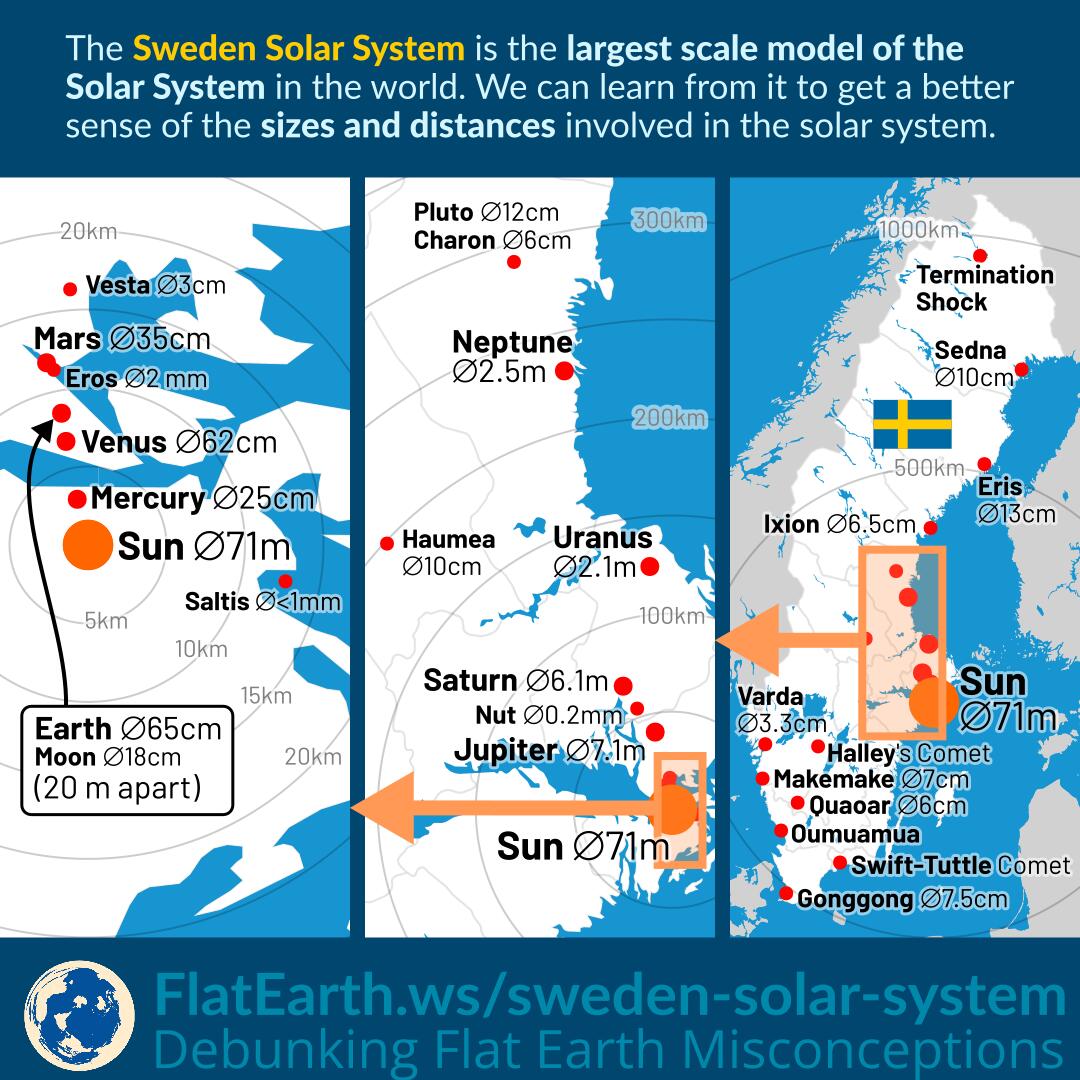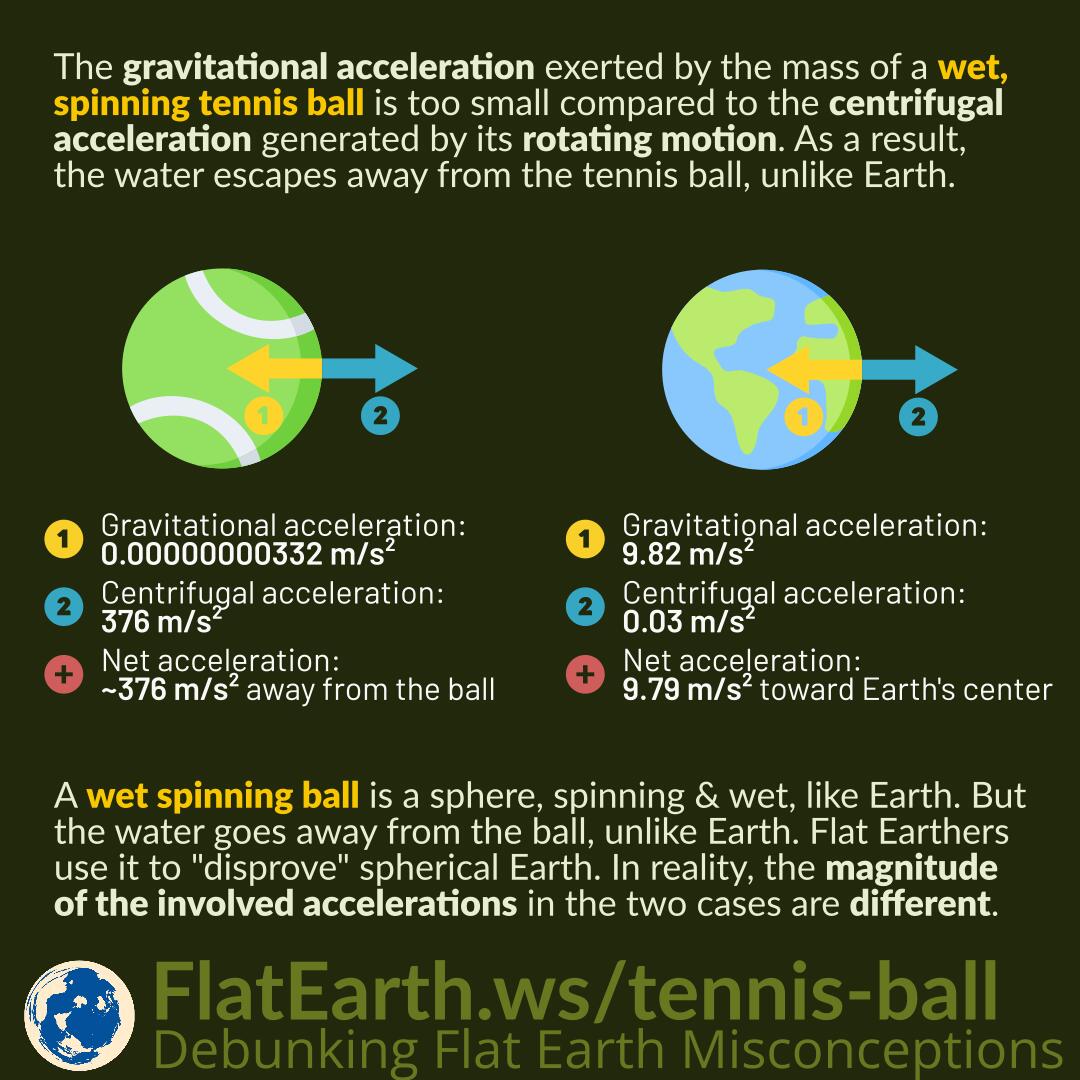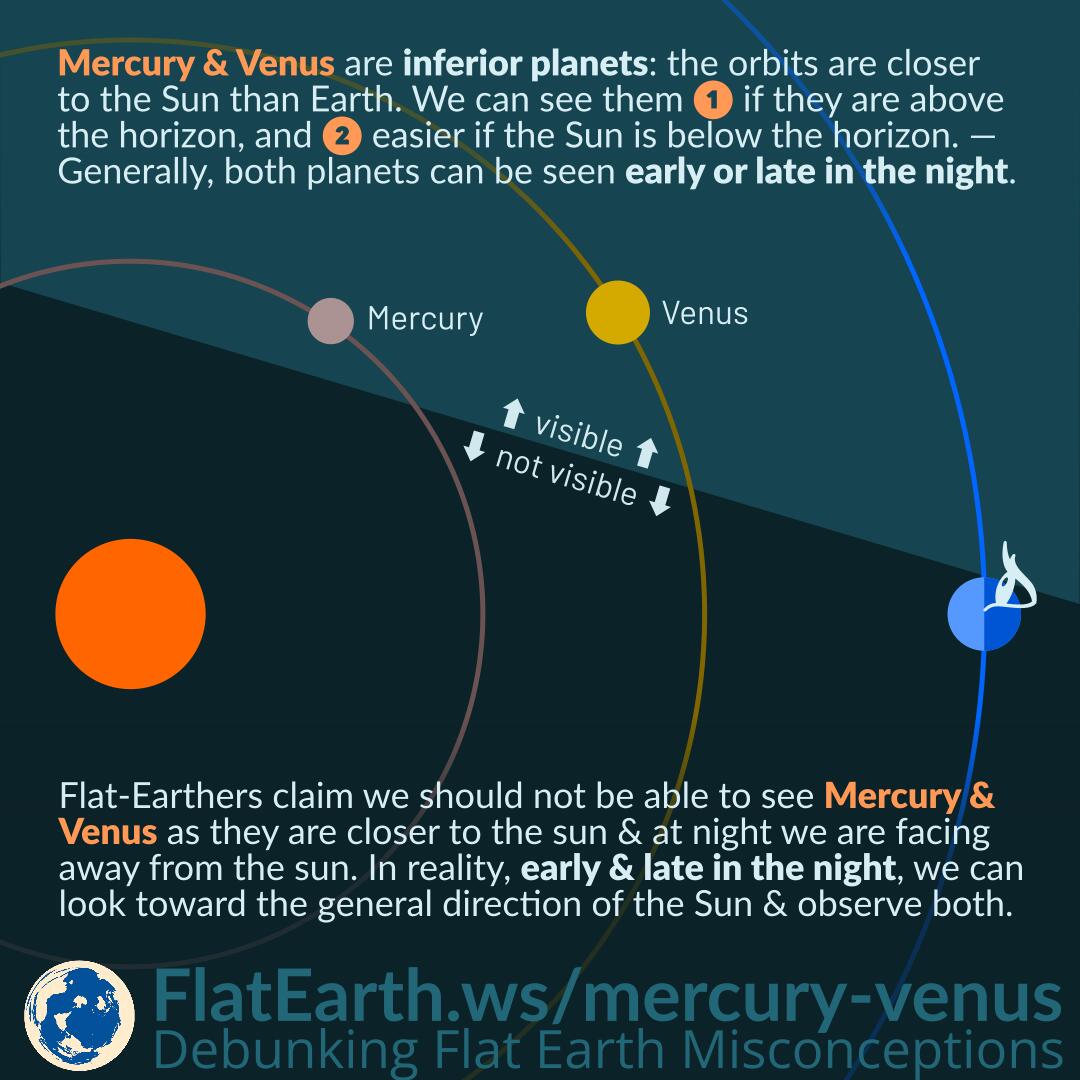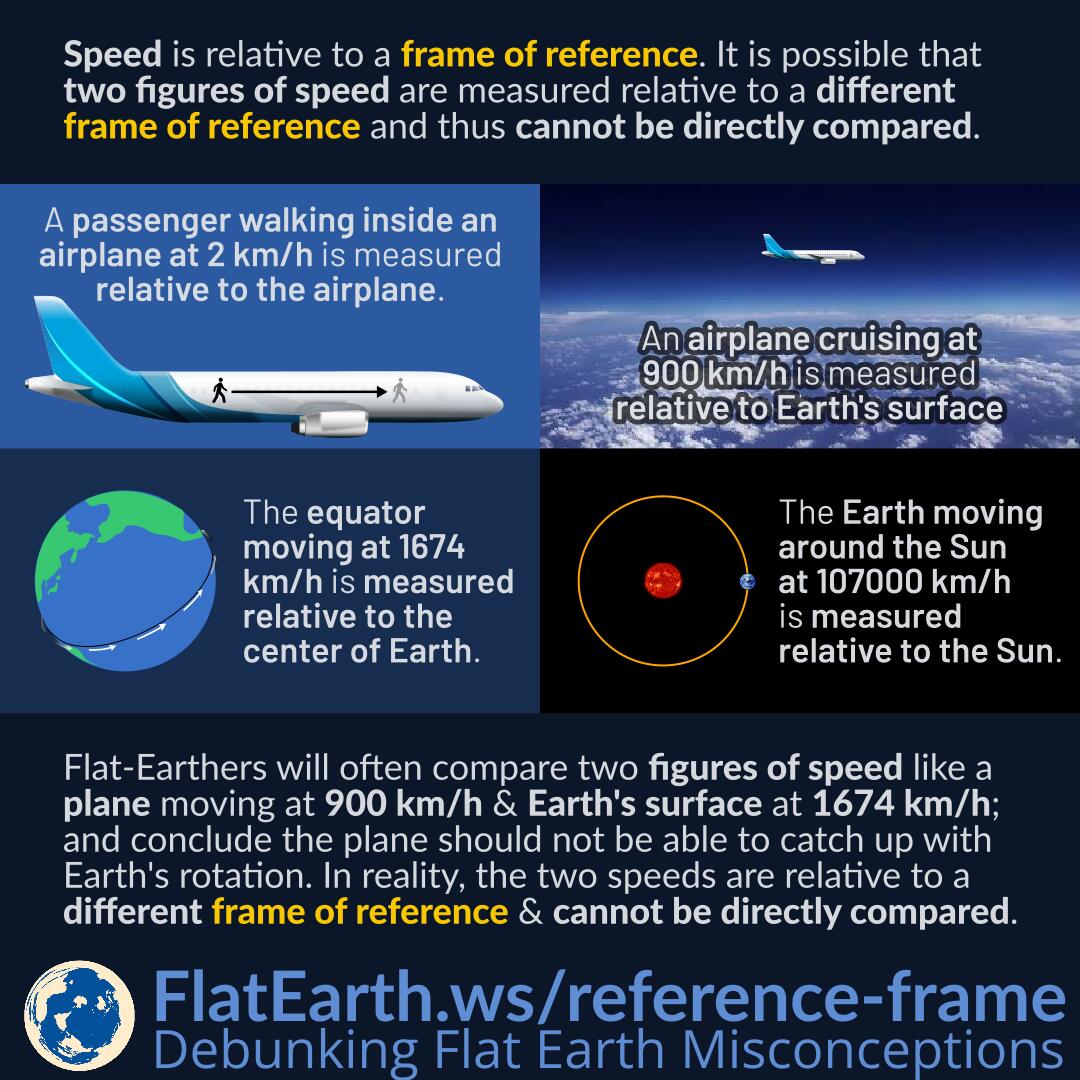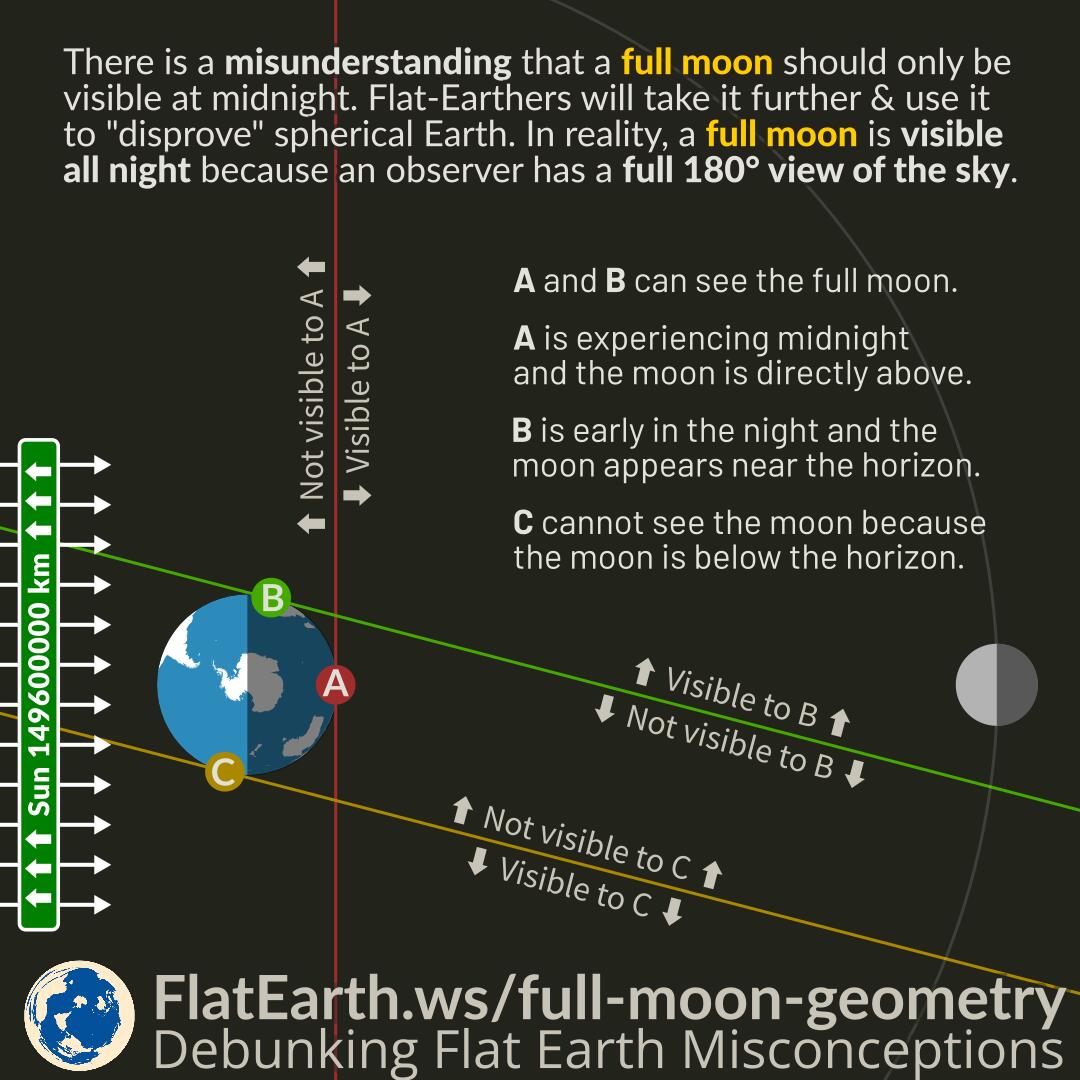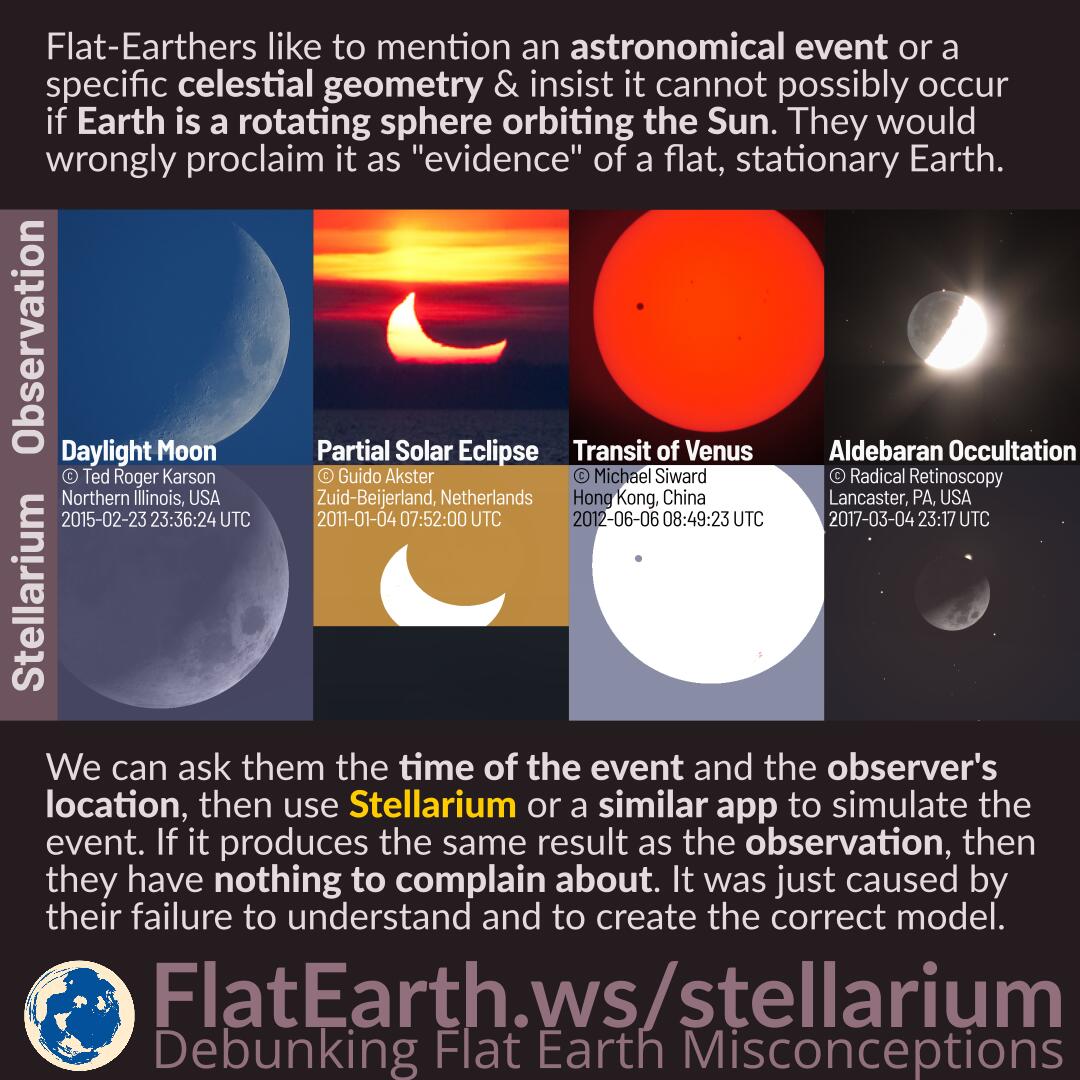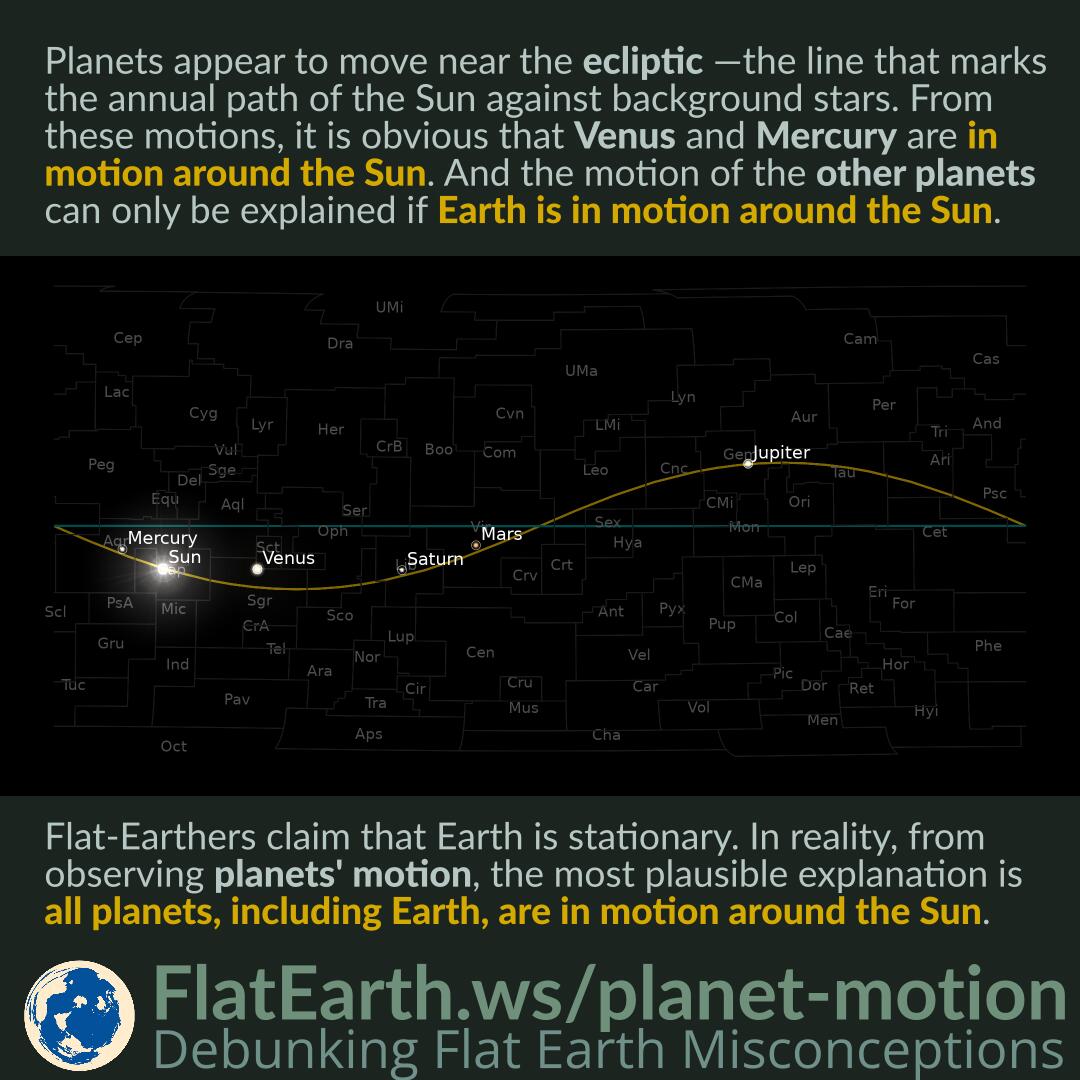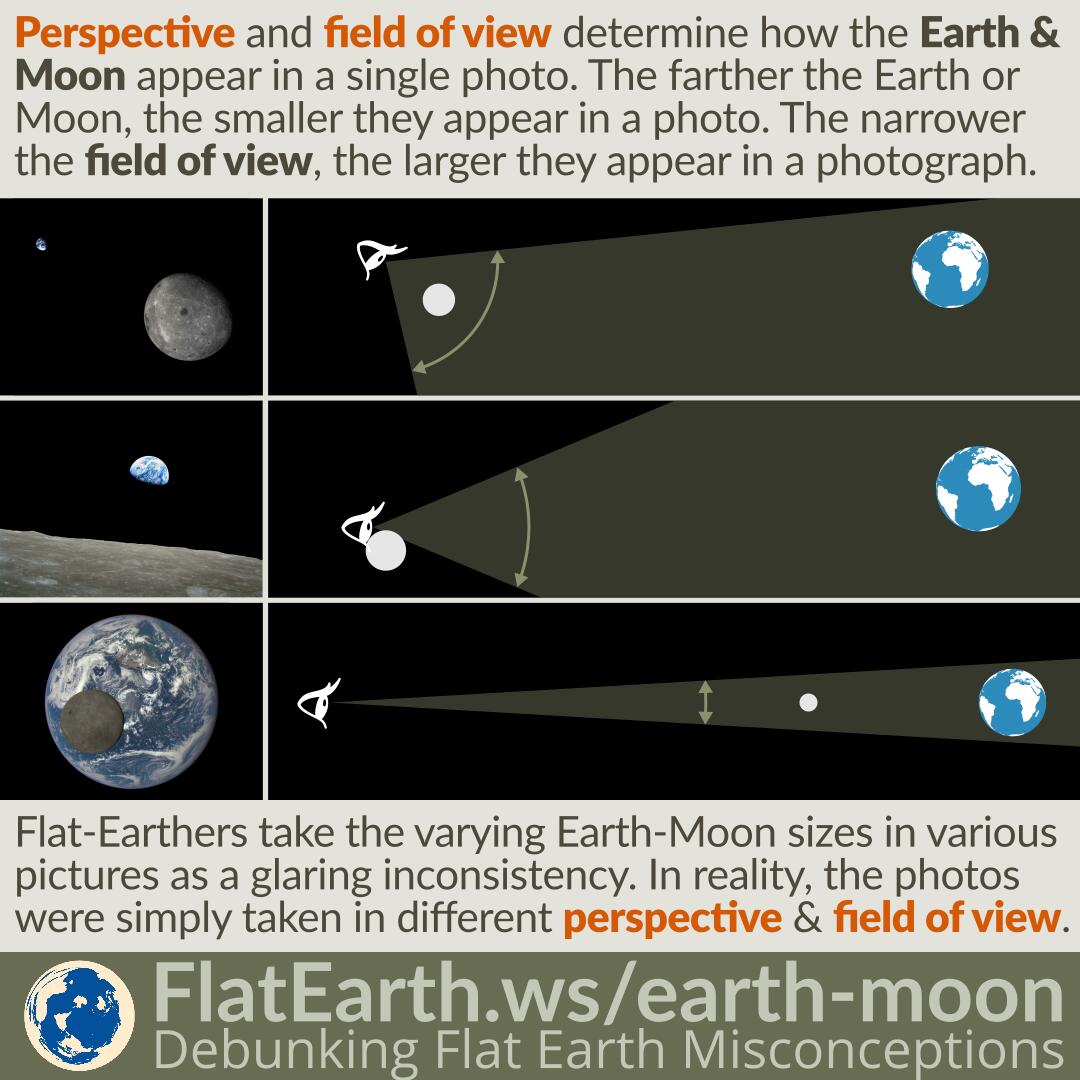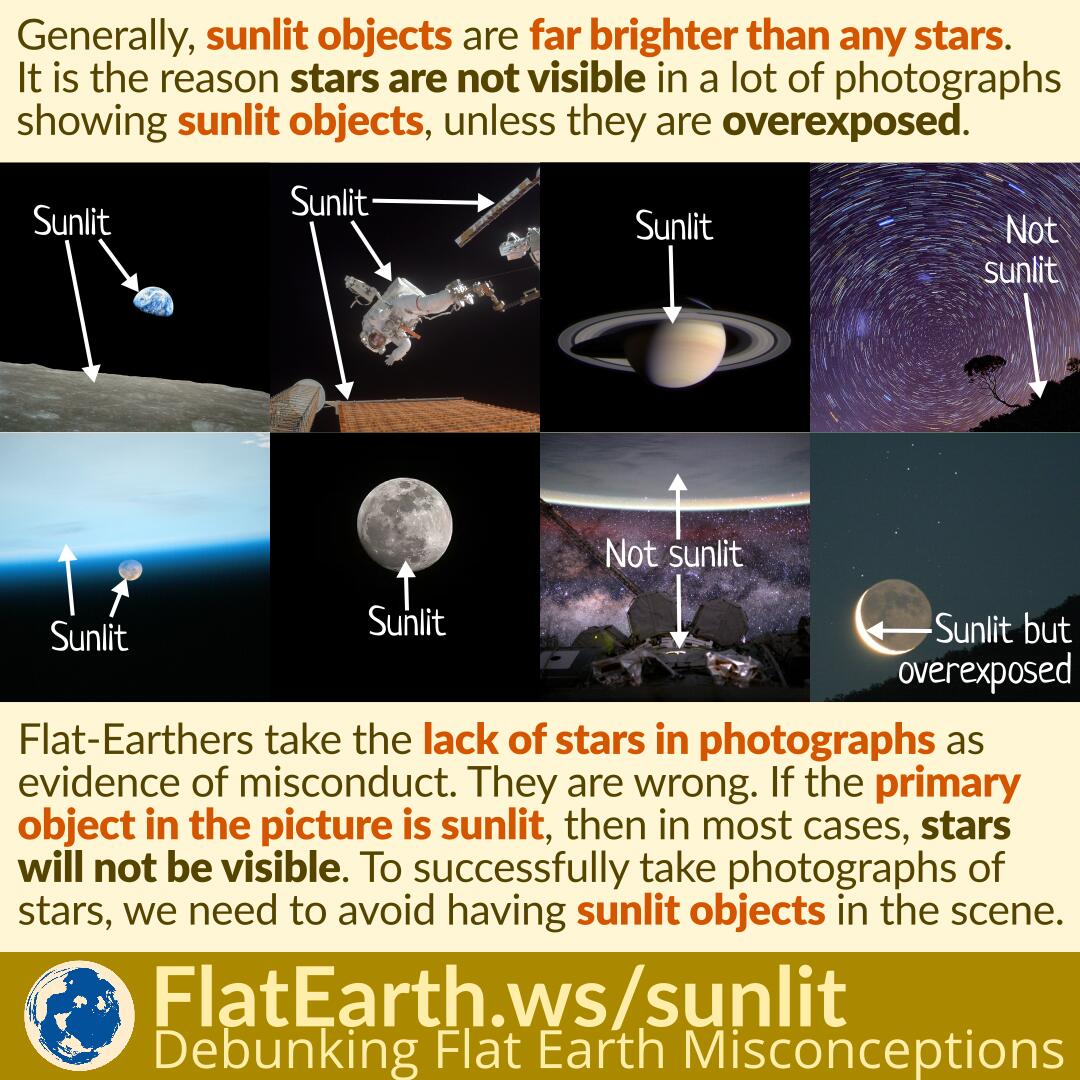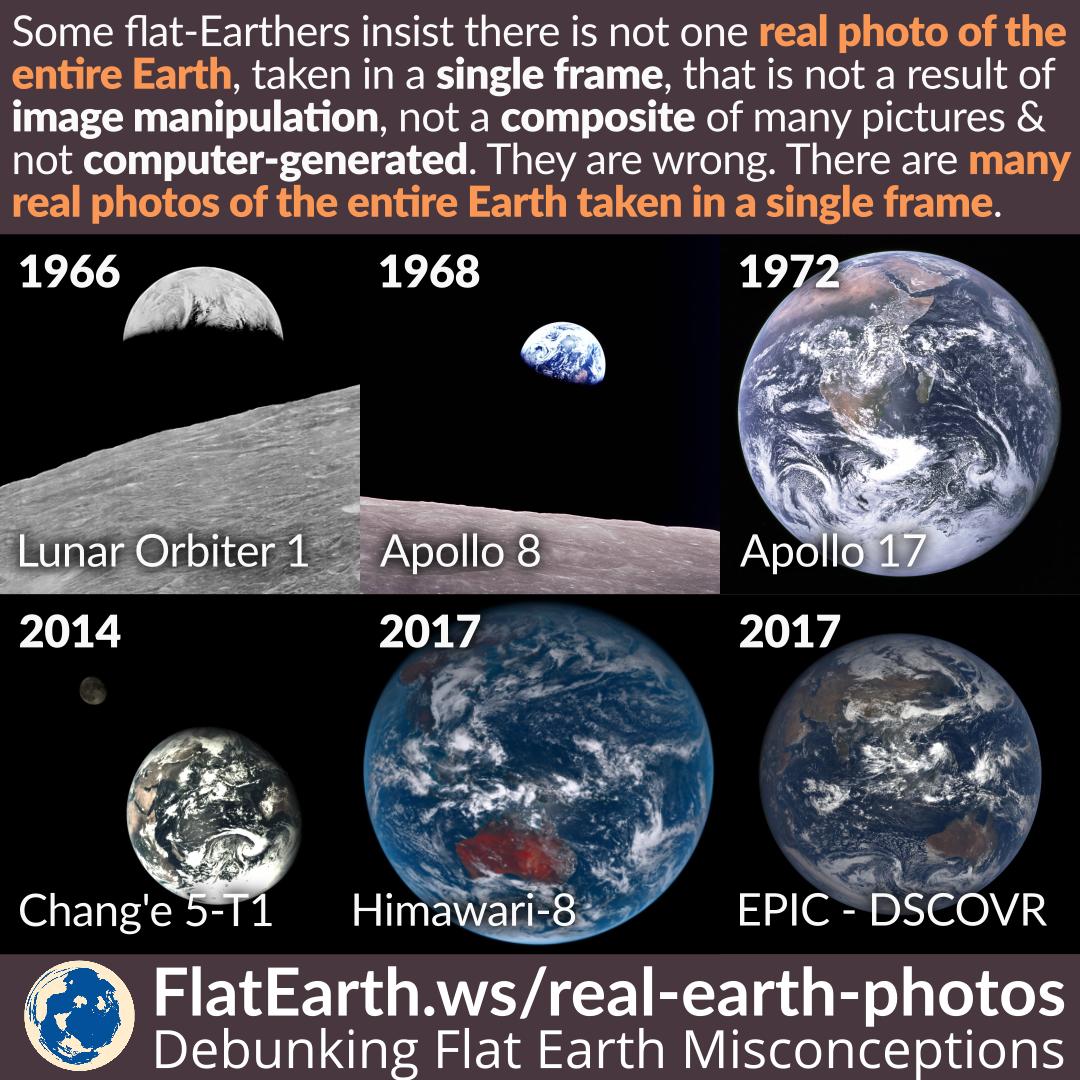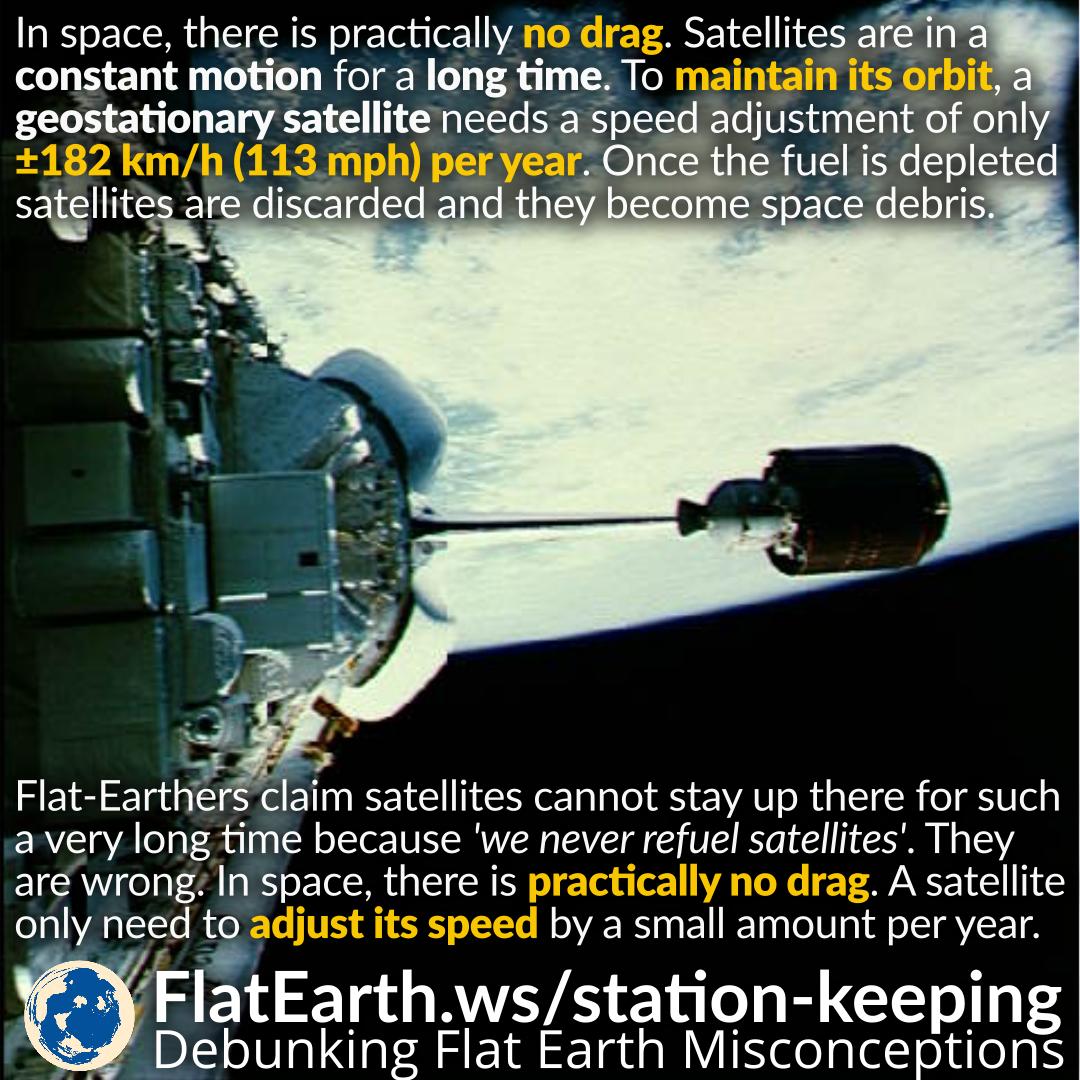The first photo showing the entire Earth was taken in 1966 from the spacecraft Lunar Orbiter 1. Since then, there are too many photos showing the whole earth taken from various missions to space.
The advent of computers in the 80s introduced a new technique of generating such pictures. A satellite can be used to take many photos of the Earth from a low orbit, and computers can be used to assemble those pictures into a single photo of the Earth.
Flat-Earthers ‘discovered’ such technique, then they concluded that all pictures of the Earth taken from space are all composites, the results of manipulation or assembled by computers. They are wrong. Just because there were pictures created using such technique, it doesn’t mean there is no genuine picture showing the entire Earth, not composites, not stitched, and were taken from a single shot.
Continue reading “Real Photos of the Earth”


